UnBQ Boiler Room
The boiler room and former coal shoot at University nuhelot’įne thaiyots’į nistameyimâkanak Blue Quills (UnBQ). This large space continues to house the utilities used to heat this large masonry building. Click on the triangle to load the point cloud.

“Their education must consist not merely of training of the mind, but of a weaning from the habits and feelings of their ancestors, and the acquirements of the language, art and customs of civilized life.” – Egerton Ryerson, 1847 Report for Indian Affairs
Heating, Water and Plumbing
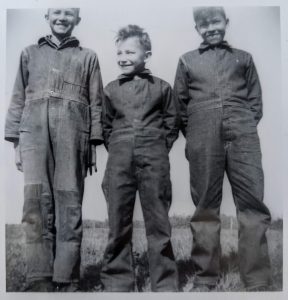
The boiler room is one of the areas of UnBQ where function and appearance have changed very little since its operation as a residential school. While there have been technological updates and modernization of the utilities, the boiler room retains much of its original appearance.
Students at the school were often responsible for tasks related to the operation of the school such as laundry, washing dishes, harvesting food from the gardens, serving staff meals, taking care of livestock, and shoveling coal. Children working at these tasks would be assigned them both as daily living chores but also occasionally as punishment.
Water Quality and Quantity
Soon after its construction, chemical analysis of Blue Quills water supply revealed high levels saline/sodium sulfate, which is said to have a laxative effect when consumed. The extreme hardness of the water with high amounts of rust would have been harmful for both human consumption and the plumbing system itself. Despite these safety concerns, government representatives deemed the installation of a water softener to be unnecessary and too expensive.
Fire Hazards and Protective Measures
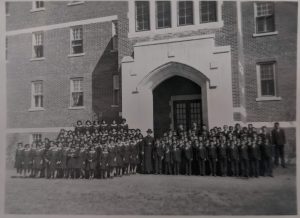
Many of the risks faced by Indigenous students attending residential schools such as Blue Quills came from the buildings themselves. The architectural plans for Blue Quills which have been constructed using the laser scanning data, illustrate how poorly these schools were designed from a safety perspective. In 1952, a very dangerous fire hazard was identified at Blue Quills following the construction of a new wing of the school which was accessible from two levels. Inspector F.A Ingram advised that the stairwells be enclosed so that they acted as a natural fire break to prevent the spread of fire.
The relatively remote location of Blue Quills required that fire suppression be done on site. Blue Quills had been designed to accommodate 200 students. However, a feasibility study showed that well water productivity was only able to support 100 students. This was inadequate for both fire protection and student use (hygiene and consumption). As a result, water tanks at the school were of a size that was inadequate for extinguishing any fires that might occur. Fire escapes, as seen in the virtual 3D model of UnBQ above, were also documented as being inaccessible to many students. Inspectors report that while fire escapes were accessible to students on the first floor, they were inaccessible to students on the second floor.
This image includes modern images of the boiler room. If anyone has historic photos of the boiler room at Old Sun that they would like to submit to this archive, please contact us at irsdocumentationproject@gmail.com or submit through "Submit your Memories" button at the top of the page.
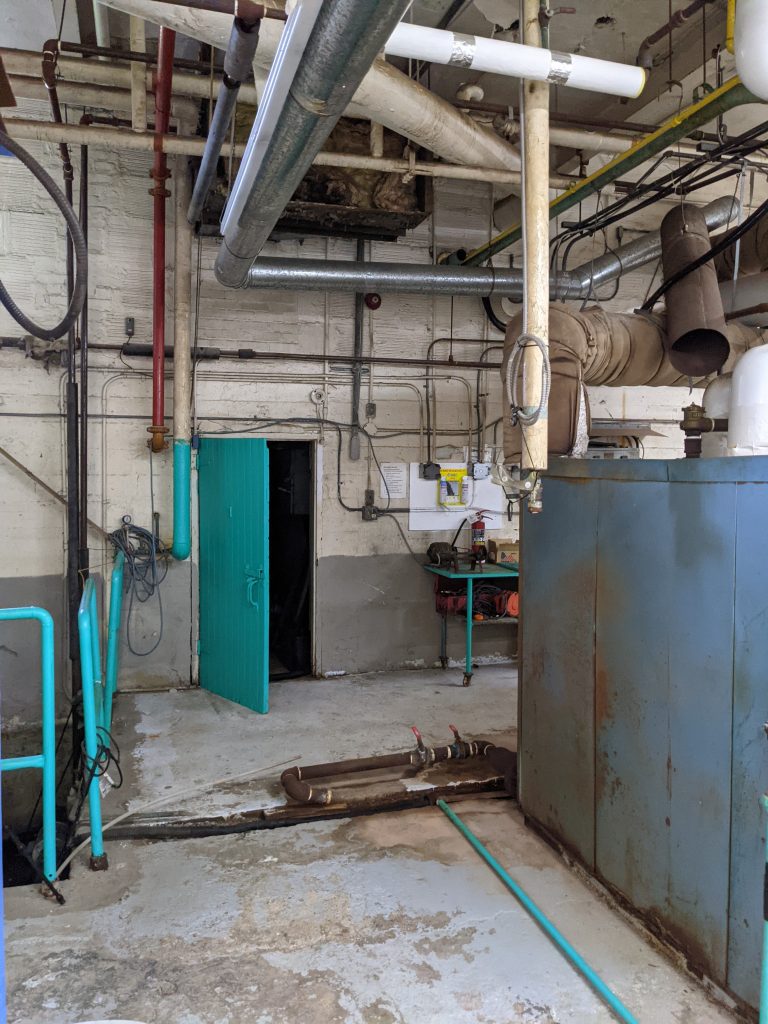

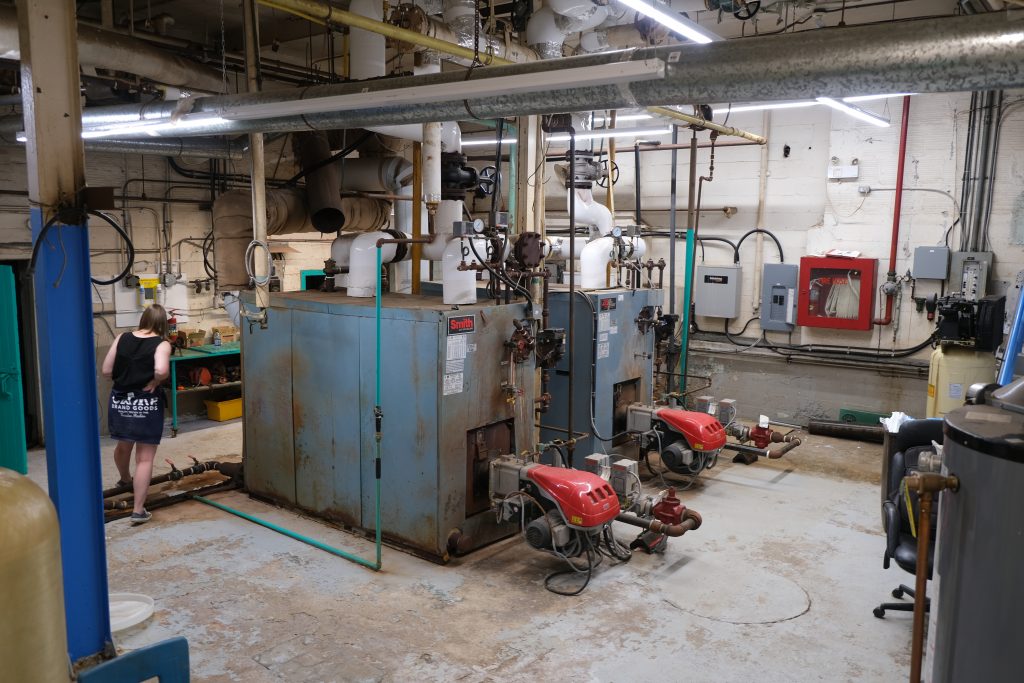
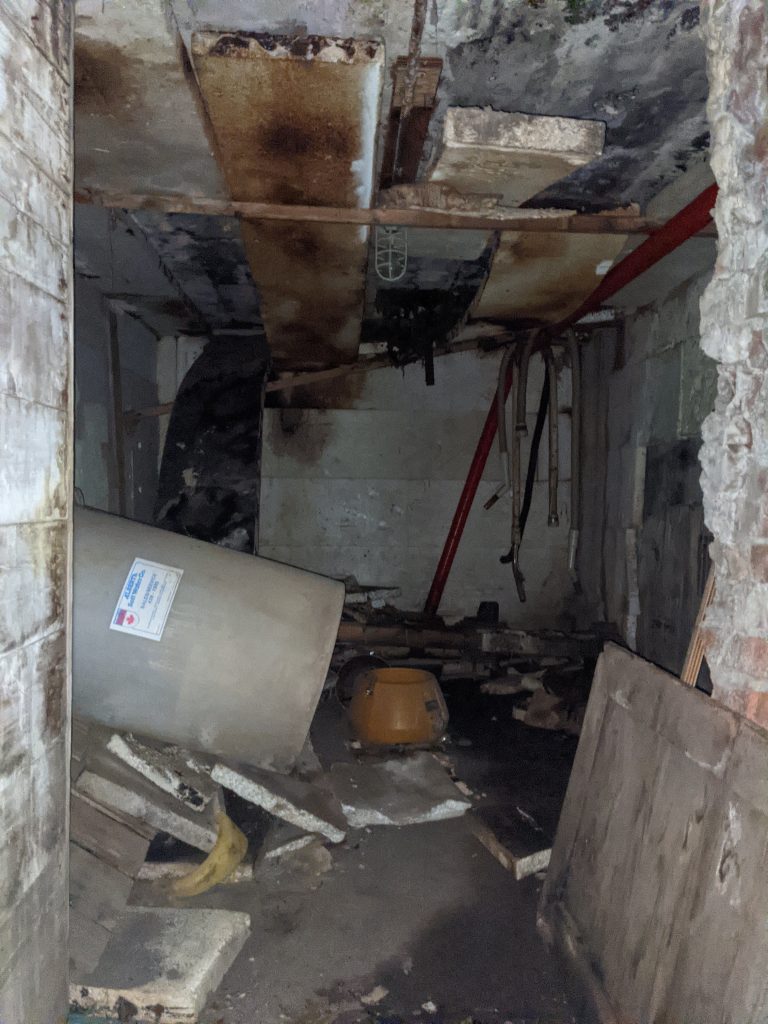
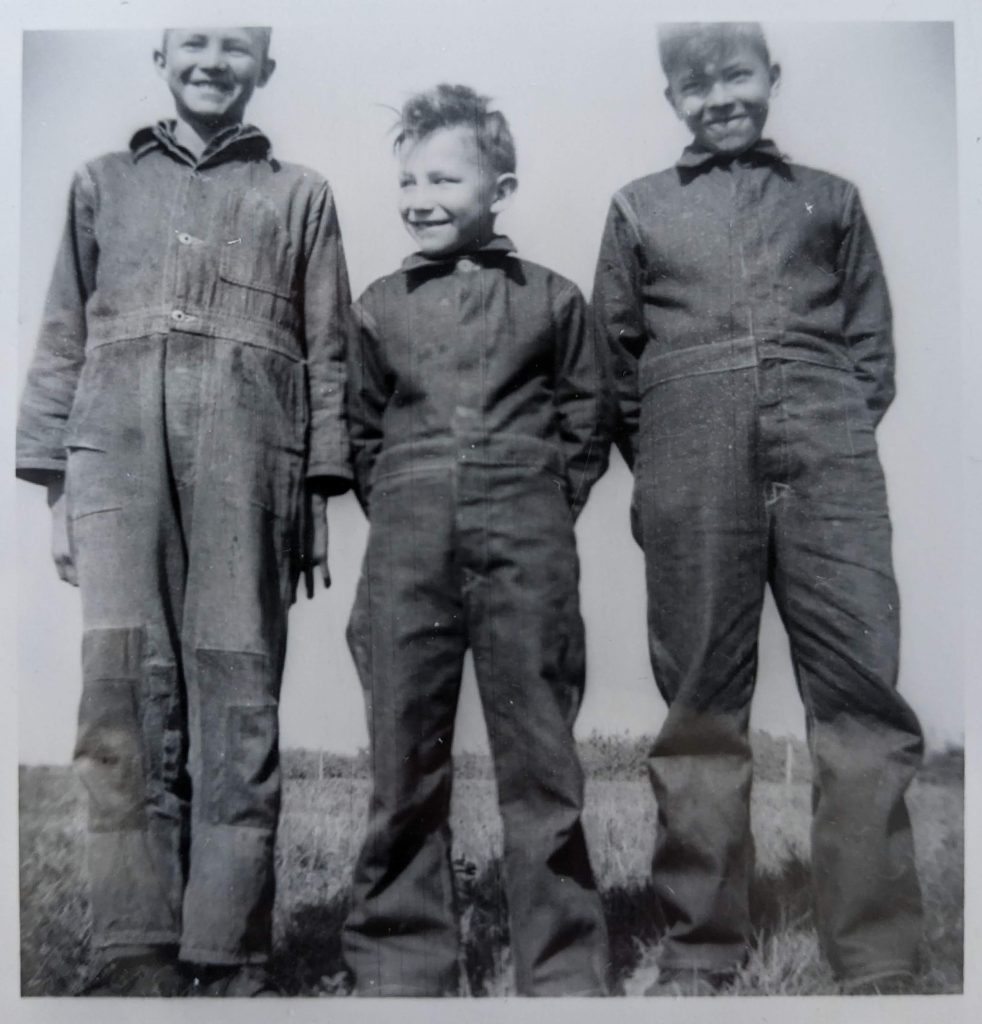
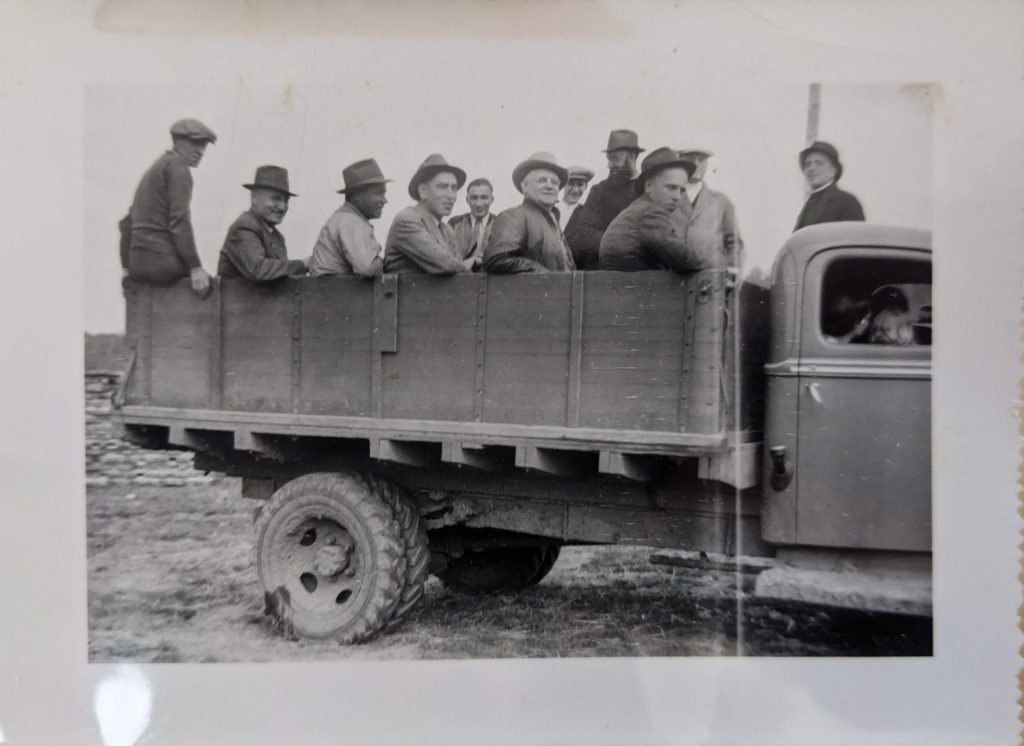
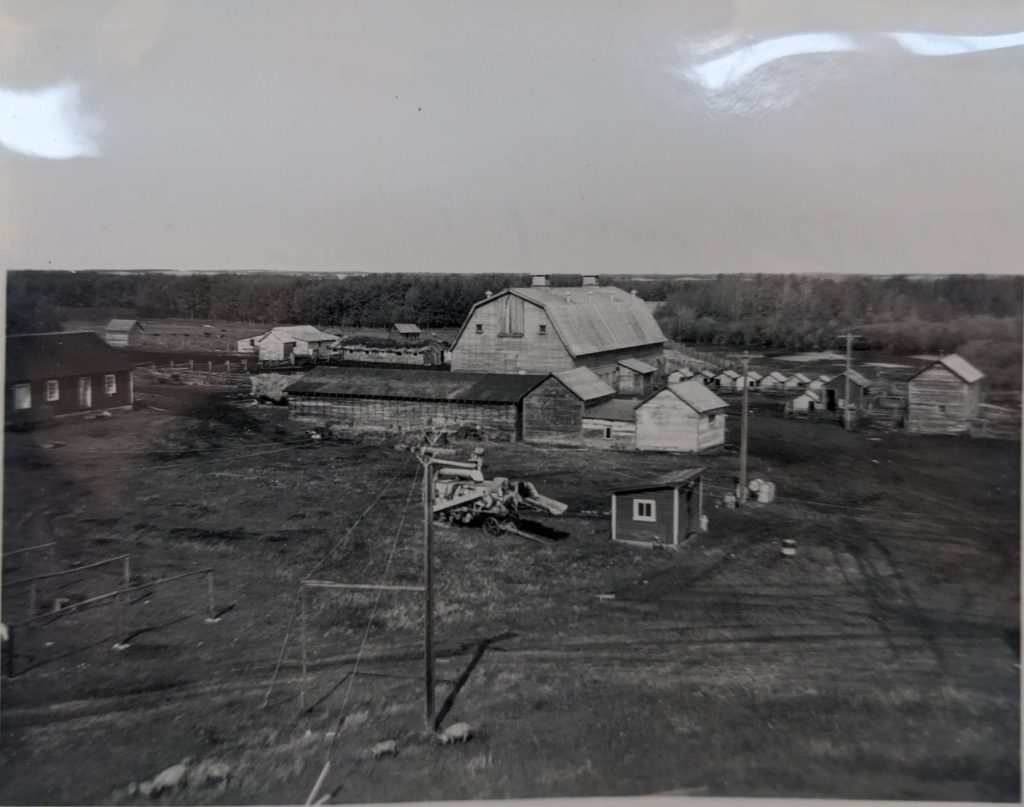
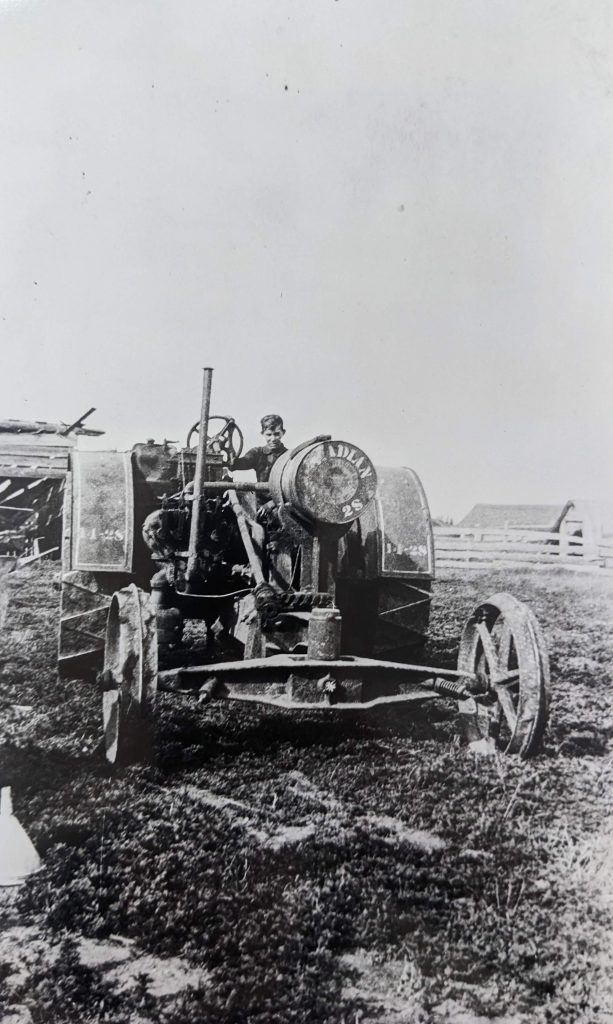
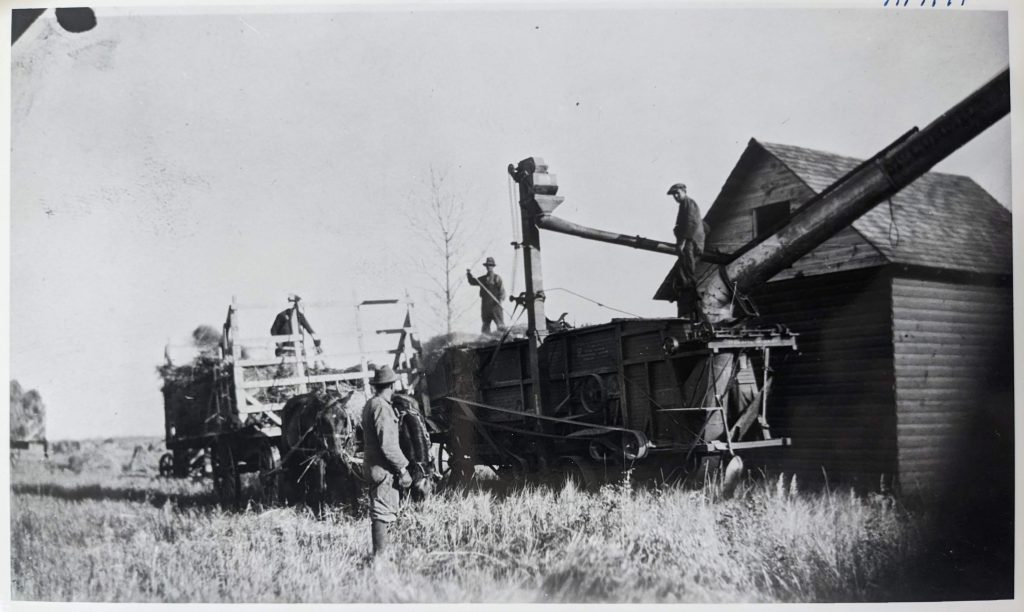
Marcel Muskego- It Wasn’t Easy Being There
Hello. I want to thank my little brother, Felix, for sharing. This is the first time we’ve been together here in a circle, and there’s been a few triggers, bringing tears to my eyes. Thank you Felix.
My name is Marcel Muskego, I am a 65 year old. I attended Blue Quills school. My institution started at Charles Camsell Hospital at 1952-1954, and that’s when I was brought to Blue Quills, where I remained until 1965. It wasn’t easy being there, went through to a lot of rough times in there.
At a young age, I was one of those people that, I was a bed wetter, from, well, when I got in there. Every day they make me wash my clothes, that went on most my years in school. The thing about it is they make me wash my own, my own bedding. Ring it out by hand, stand on a chair… They used to make me go on a girl side and go hang my bedding out. The sisters, girls, over there would be laughing at me, some of them.
And like Felix said, I learned to be hard person, not caring person. fight all the time. Blue Quills was predominately Cree, about 80%. I’m Dene, we only made up about 20% at that school.
Yeah, I remember the strappings I used to get for being bad. My first recollection is grade three. I don’t know why I got a strap, but I got a strap. Not in public but they had the classroom doors open, they had a stool they’re out in the hallway and they put me there and they gave it to me. They had the doors open so other students can hear me cry out.
Things like that happened all… just anytime I was bad I got a strap, and I remember one strap I got by the principle. And that was when I was in grade seven. Just we were fooling around, poking a student with a pencil, and that pencil broke on her arm. Sent me to the principal’s office and I got a strap with a combine belt, with the clasp still on there. I have scars on my wrist from that strap. Yesterday I saw a picture of a person that did not to me, first time ever seen those pictures.
– Marcel Muskego
Notes:
Marcel Muskego Testimony. SC149_part06. Shared at Alberta National Event (ABNE) Sharing Circle. March 28, 2014. National Centre for Truth and Reconciliation holds copyright. https://archives.nctr.ca/SC149_part06
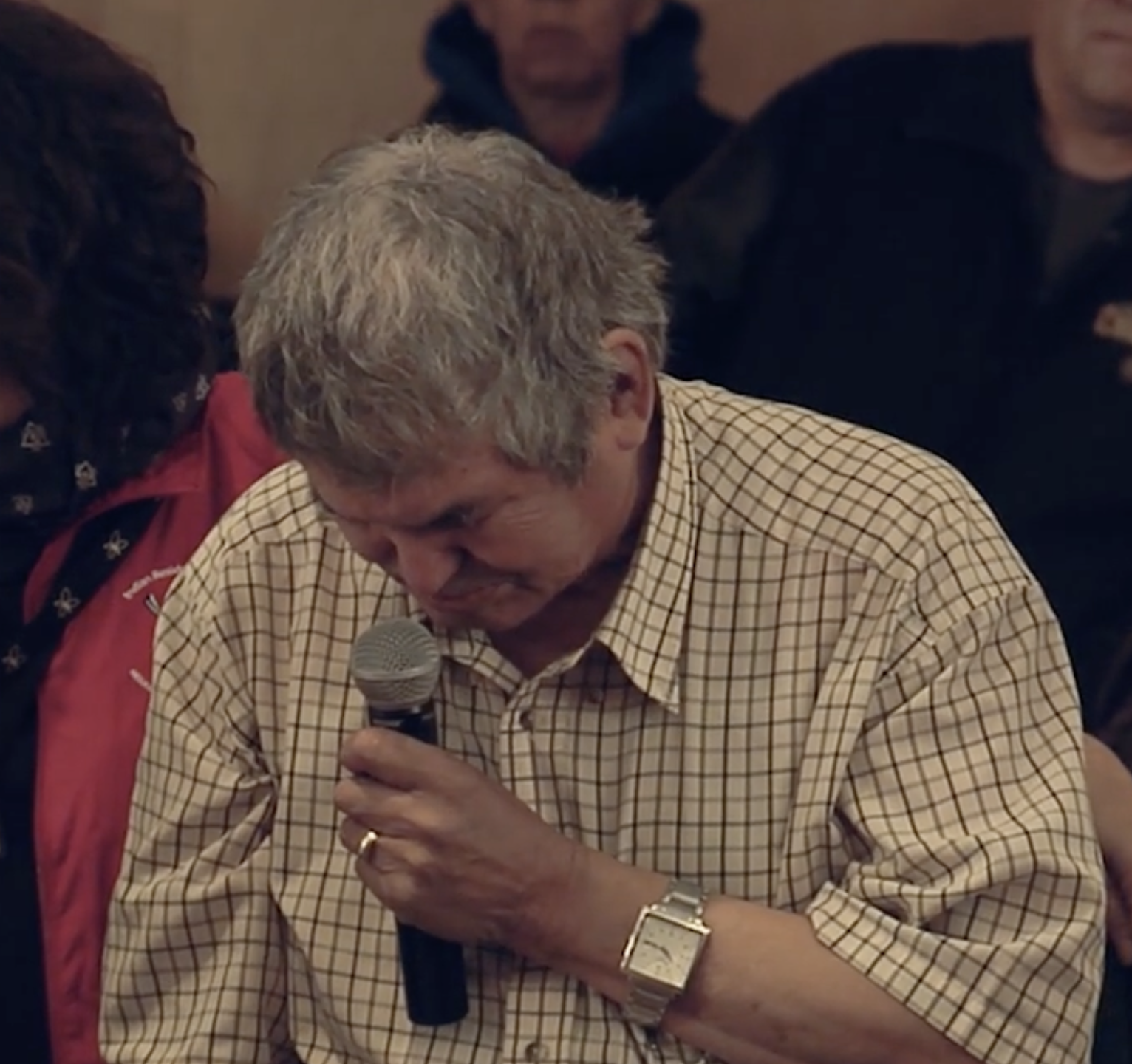
Explore Floors and Rooms

UnBQ Library
The Library at University nuhelot’įne thaiyots’į n…
Read more
UnBQ Third Floor/Dormitories
The 3rd Floor of University nuhelot’įne thaiyots’į…
Read more
UnBQ Second Floor
The 2nd Floor of University nuhelot’įne thaiyots’į…
Read more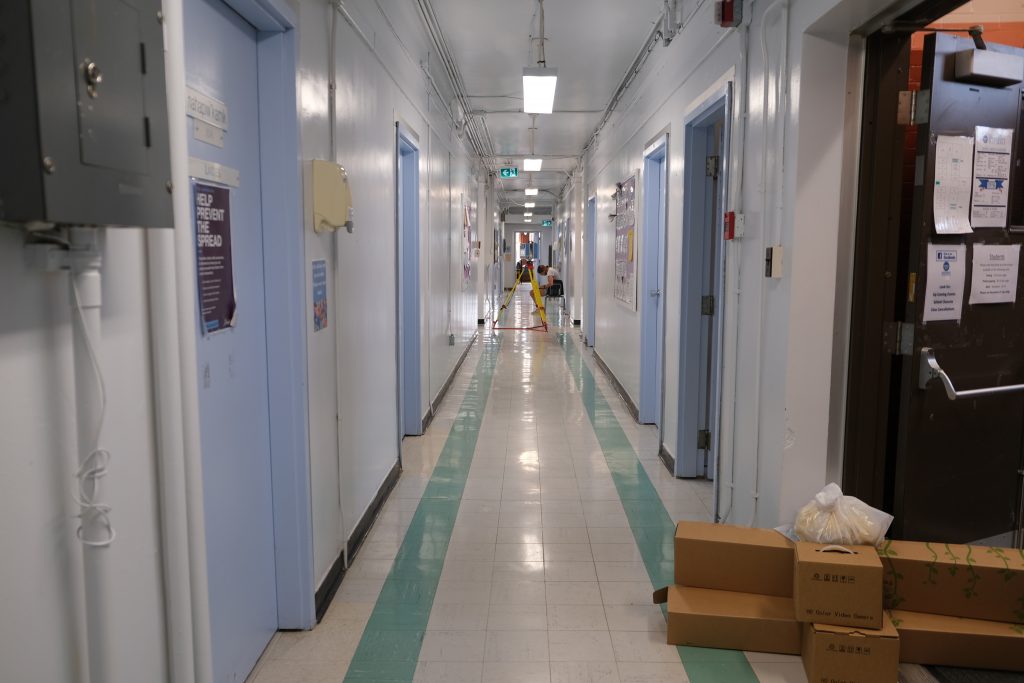
UnBQ First Floor
The 1st Floor of University nuhelot’įne thaiyots’į…
Read more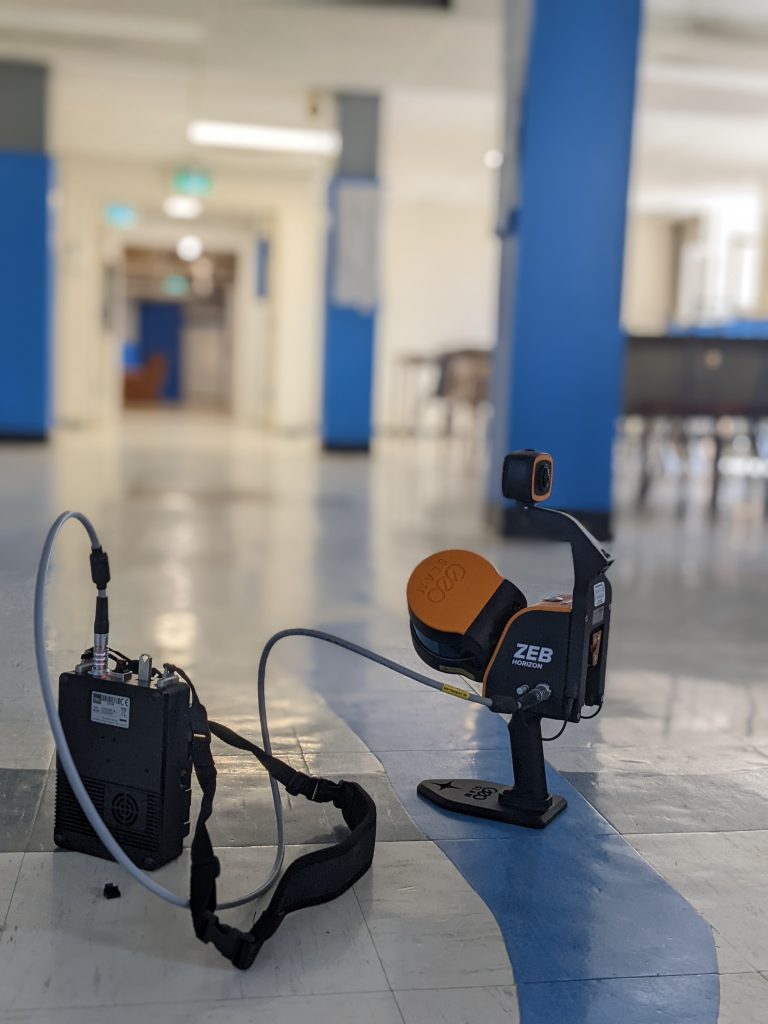
UnBQ Basement
The basement of University nuhelot’įne thaiyots’į…
Read more
University nuhelot’įne thaiyots’į nistameyimâkanak Blue Quills
The University nuhelot’įne thaiyots’į nistameyimâk…
Read more